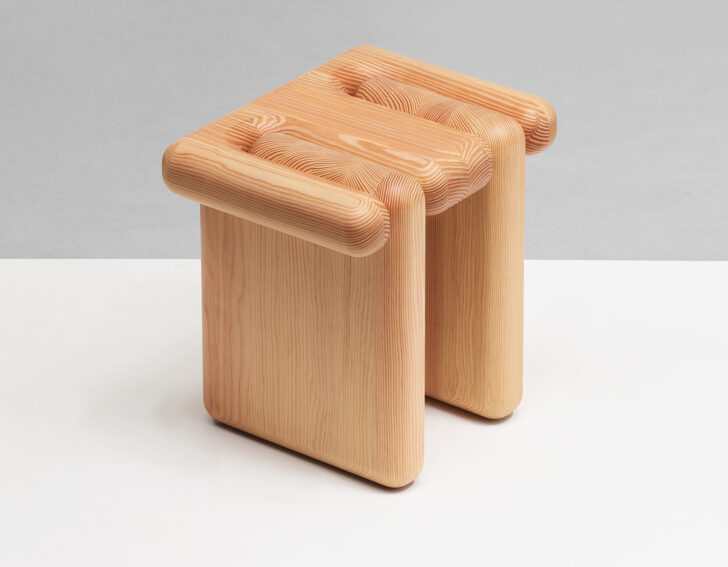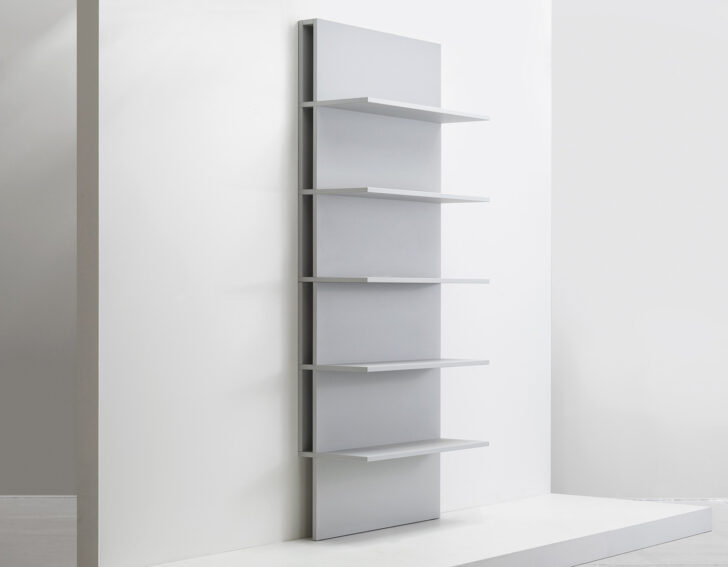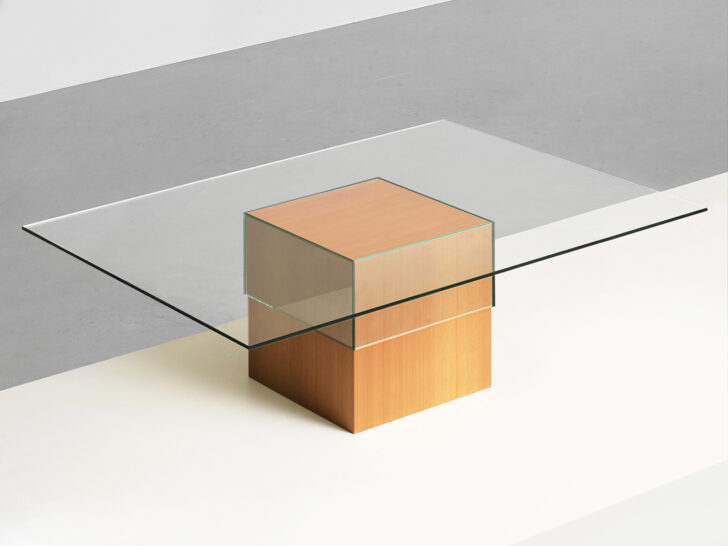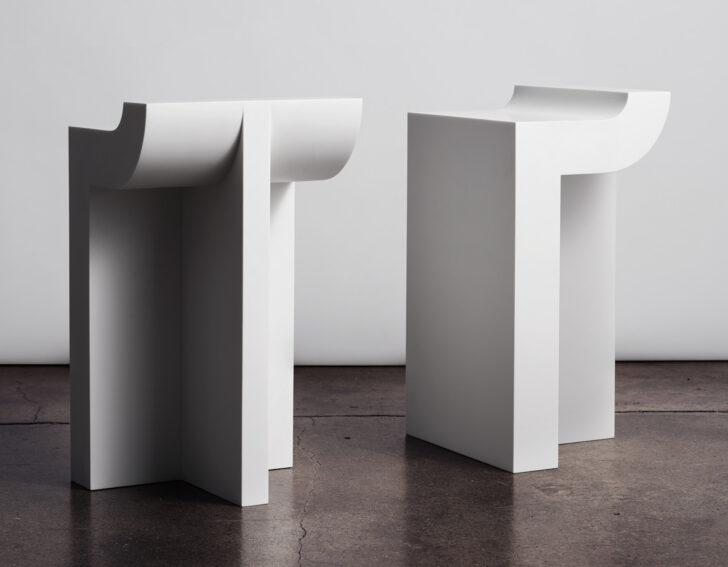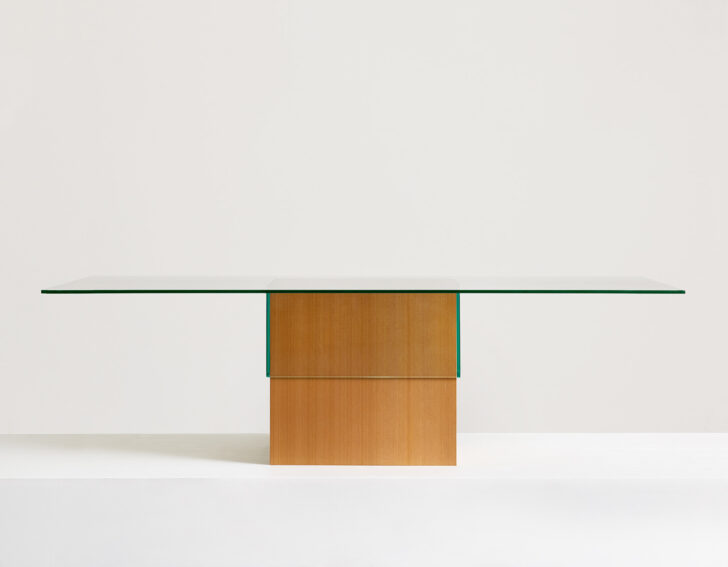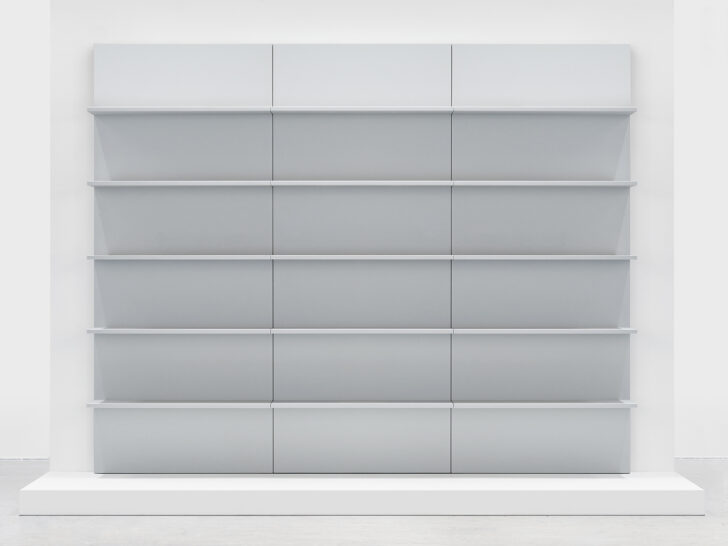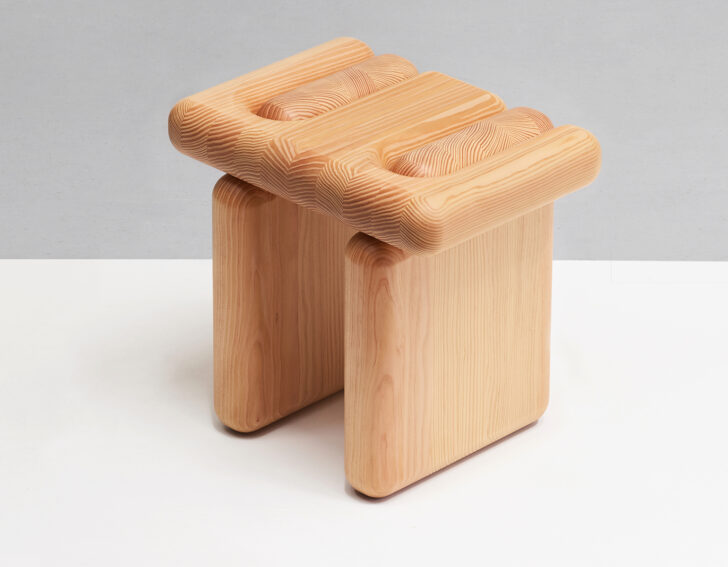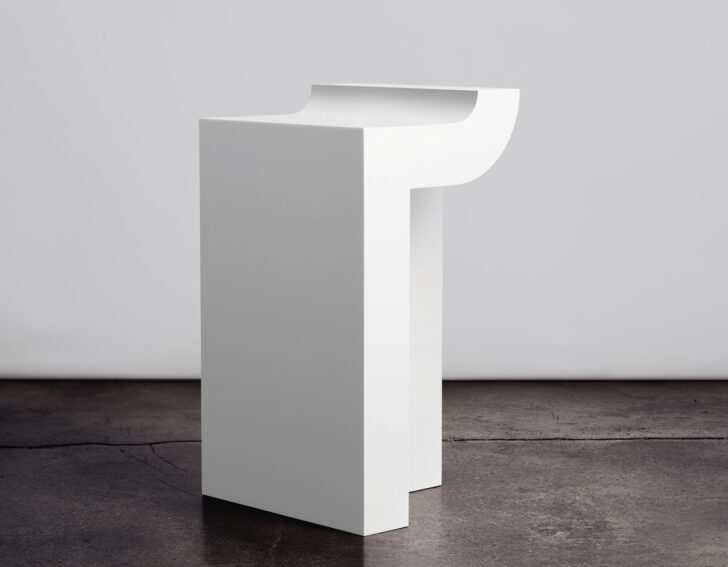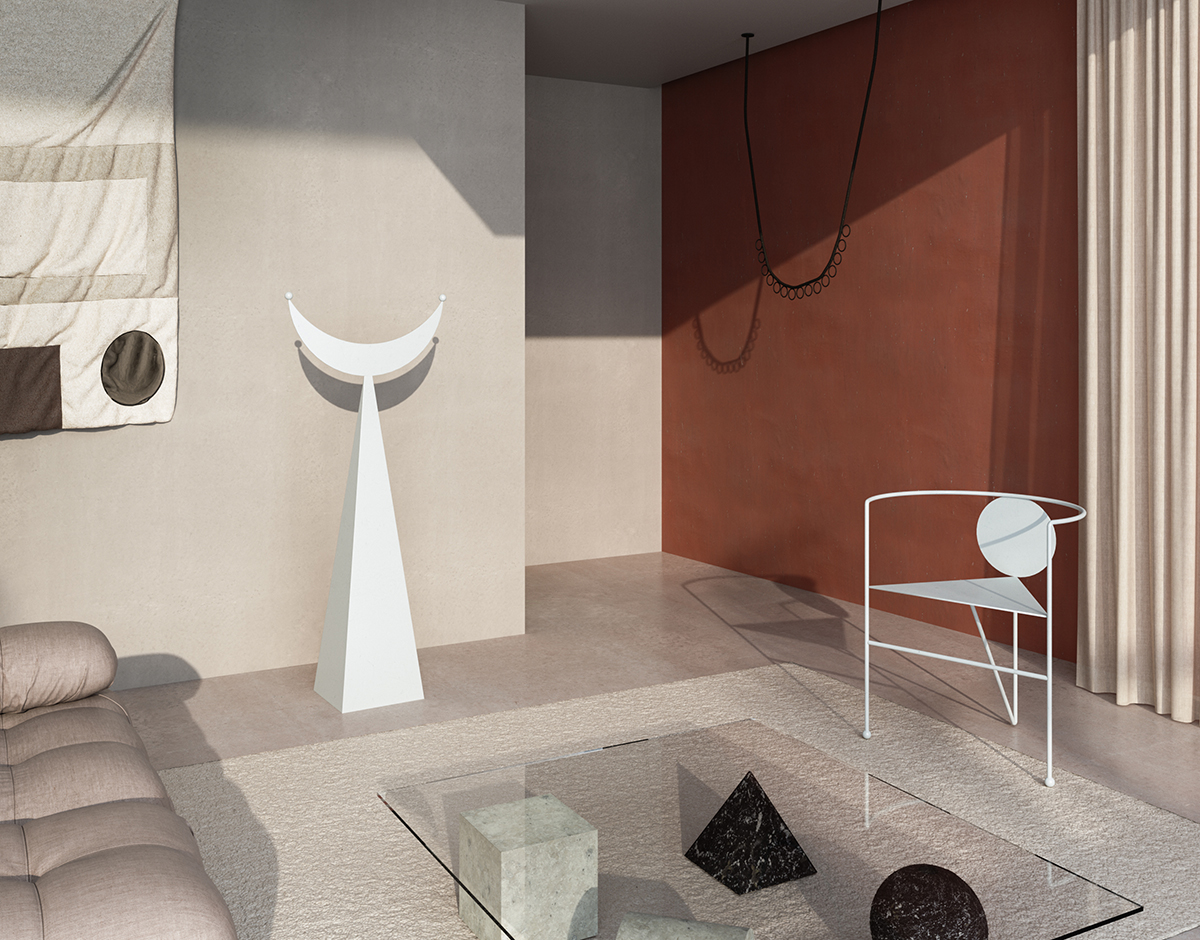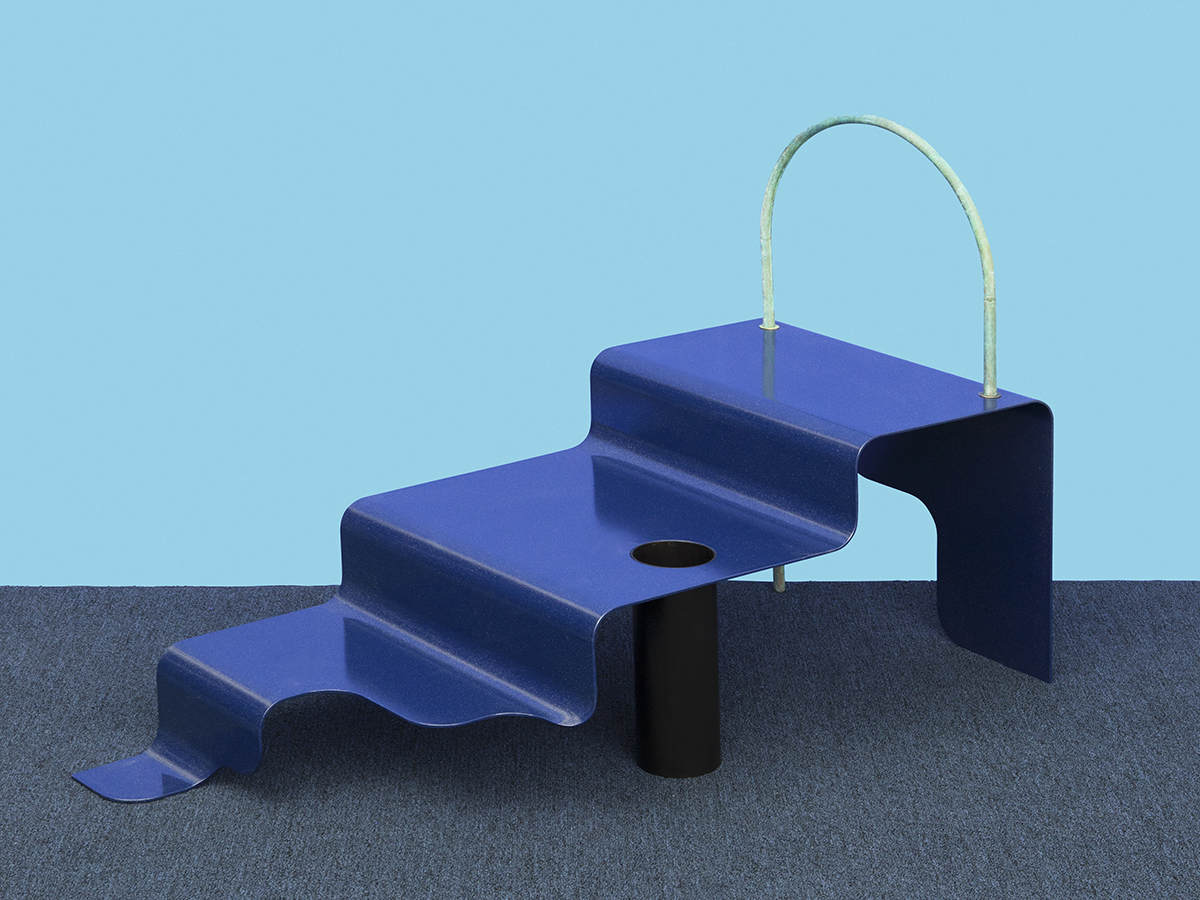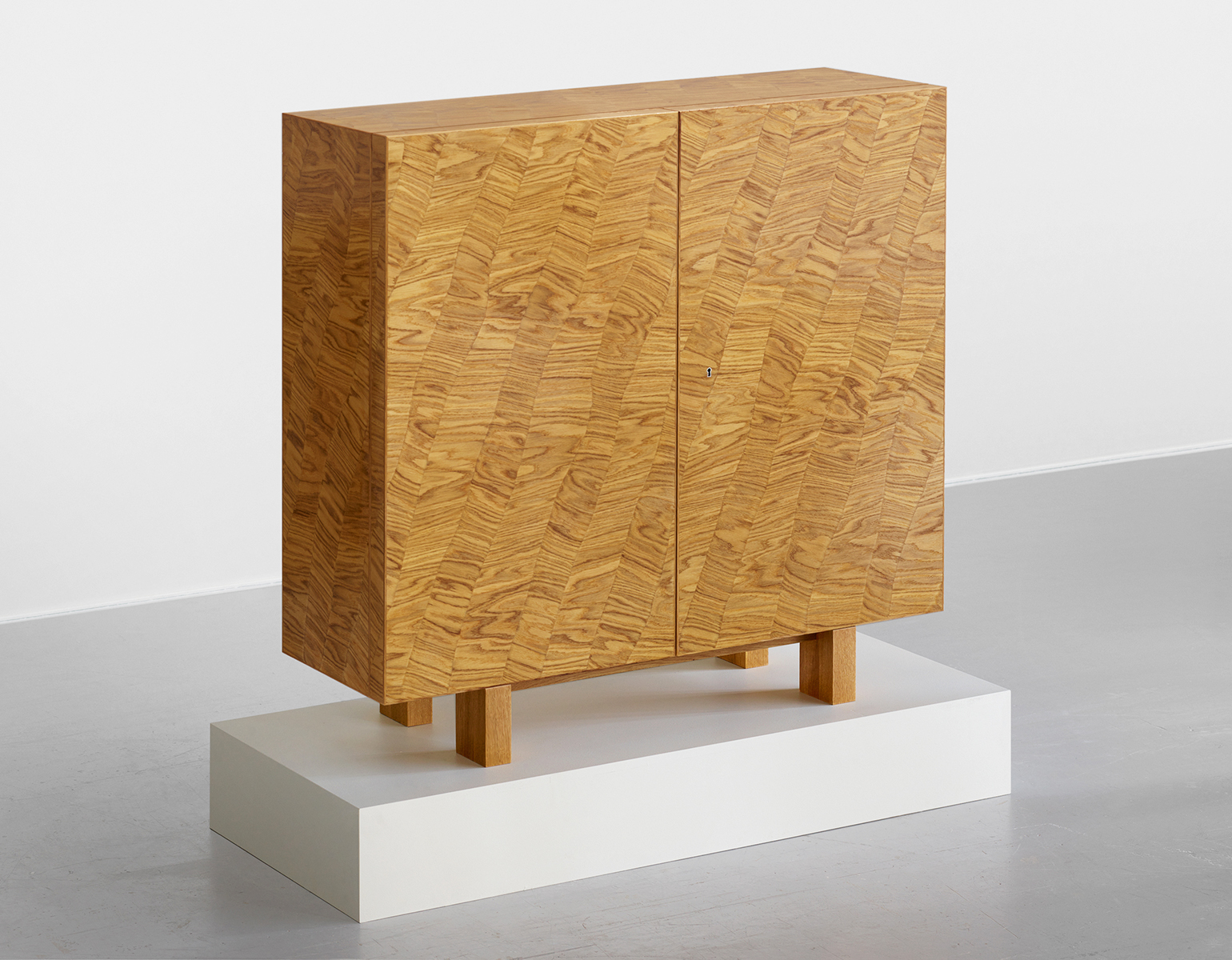
04.26.22
Up and Coming
Snickeriet Are Bending the Rules of Swedish Woodworking, One Thoughtfully Researched Object at a Time
After 2+ years, it’s finally what we call “design season” — what with New York Design Week, Salone Del Mobile, 3 Days of Design, and the Collectible Design Fair all happening within the coming weeks. With that in mind, we decided to devote the next two weeks to one of our favorite subjects, and one of the things we enjoy scouting most during those kinds of fairs: new and emerging talents in furniture, interiors, objects, and more. We hope you enjoy!
The Swedish word Snickeriet translates to “the wood workshop,” but when it comes to the Stockholm- and Gothenburg-based design company by the same name, that’s something of a misnomer. While the team — which includes production manager Gunnar Dahl, studio head Robert Zillén, cabinet maker and product developer Hannu Hietamäki, and furniture designer and creative director Karl-Johan Hjerling — produce impeccable pieces of furniture, Snickeriet don’t really define themselves as a furniture company. “Rather, it’s an enduring research project and thus is all about learning,” they say. Snickeriet’s origin story began in 2009 when Hjerling was doing his thesis project on archaic furniture. Part of that work was built by Dahl, as his journeyman exam from Malmsten’s cabinetmaking school. Their collaboration evolved into a business, but also, and more importantly, a lasting exploration of cabinetmaking conventions, theory and culture.
Snickeriet are not only interested in investigating traditional woodworking craft but seek to innovate on their findings. “These conventions certainly play a central role in our work, although it’s more often than not the role of the antagonist,” Hietamäki says. Take their use of wood: “While we have no specific dedication to wood from a design point of view, the Swedish cabinetmaking tradition almost solely revolves around it.” And so they’ve sought to bend the rules, molding the material in unconventional and extremely satisfying ways. Two pieces in their 2022 collection are fine examples. Trilit, an occasional stool, has been contoured to look almost upholstered or inflated; the illusion of course ends if one were to pick up the stool, made of solid Douglas fir. Another piece, the oak Strata cabinet, plays with wood grain, manipulating the pattern into markings that look somewhere between natural and man-made. The repetitive layers are inspired by slabs of sedimentary rock. The technique has its roots in conventional intarsia inlay but to achieve this particular distortion took many years to develop.
With the research and consideration Snickeriet puts into everything they make, the studio has a backlog of ideas and concepts to draw on for new pieces. But a concept may not be used twice. “We work under a policy of not revisiting or reusing any designs or concepts in-between work,” Hjerling explains. “Meaning: once ideas or techniques have materialized and been released, they are spent. So it is imperative that the design captures the concept fully in order for me to later be able to close the chapter.” The parameters of this serious dedication to new ideas produces exceptionally playful results. “There really is nothing but experimentation,” Zillén says. “Although not all of it is physical.”
With each collection a quest for learning, there are two things that stand out after making their latest: revamped glue techniques is one, and the other is patience. Centuries of cabinetmaking, after all, go into making something new.
